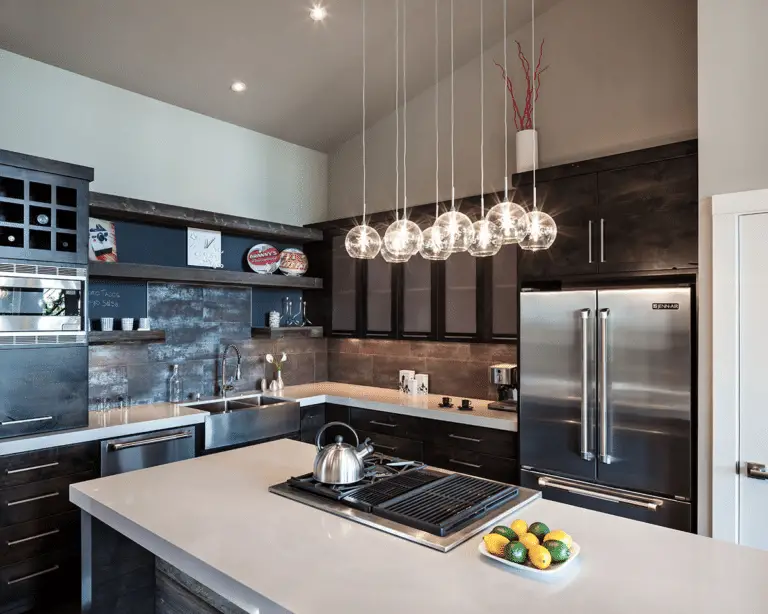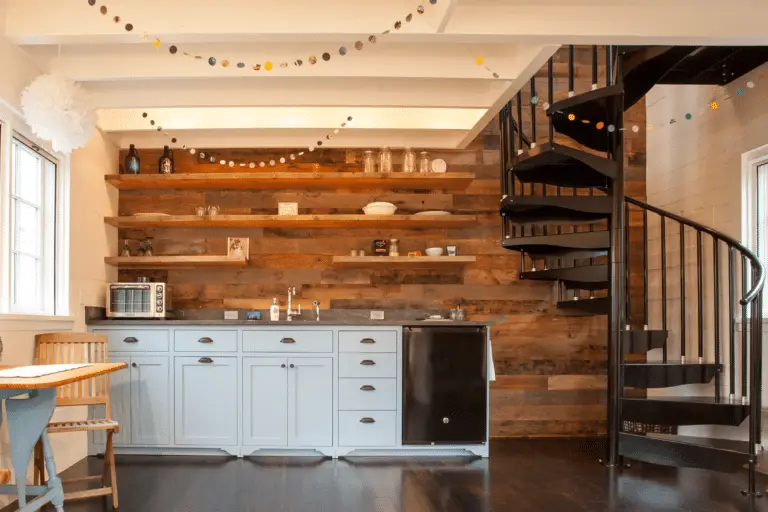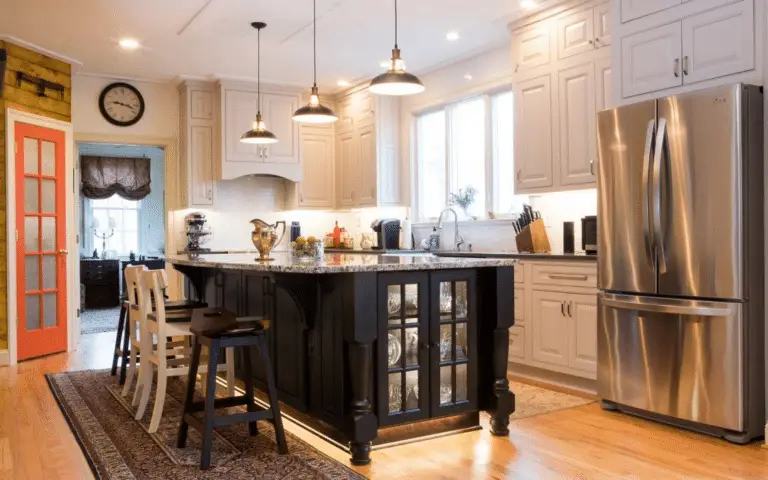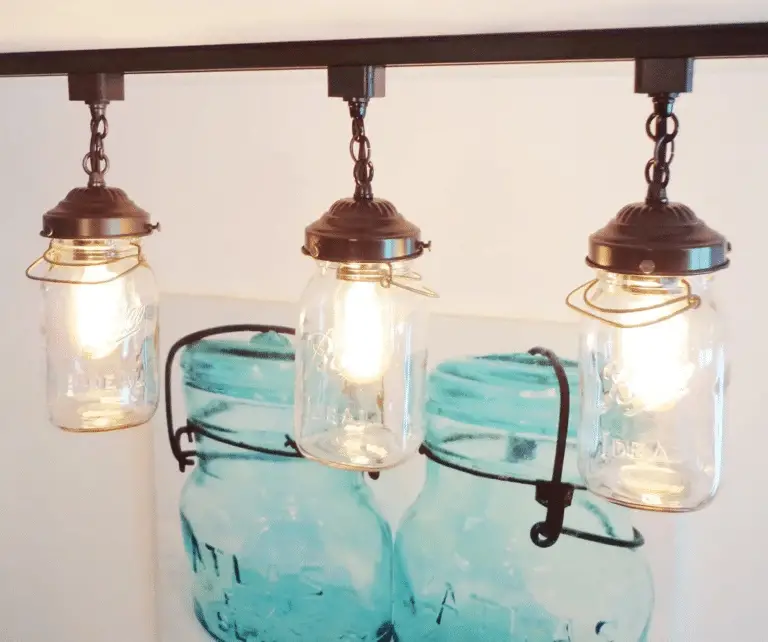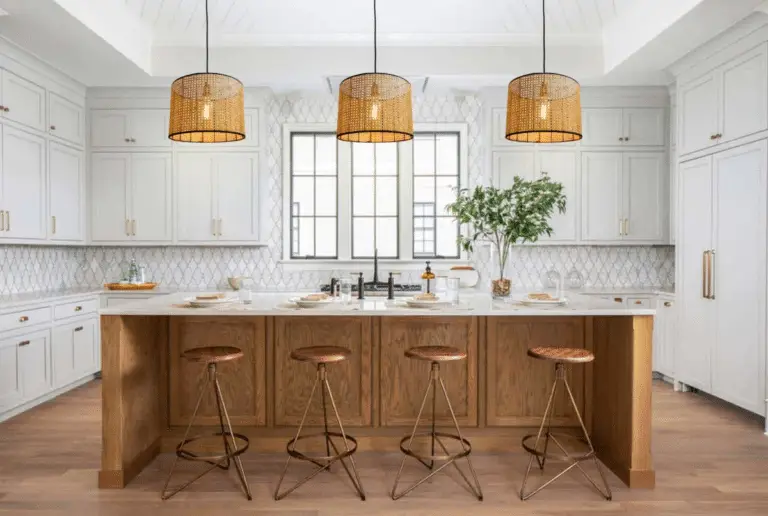Welcome to the world of light rail molding for kitchen cabinets! Have you ever wondered how to enhance the aesthetic appeal of your kitchen while adding functional solutions? Look no further than light rail molding.
From concealing under-cabinet lighting to boosting your home’s resale value, this blog post will guide you through the benefits, choosing the right style, installation process, and maintenance tips. Get ready to level up your kitchen design game with light rail molding!
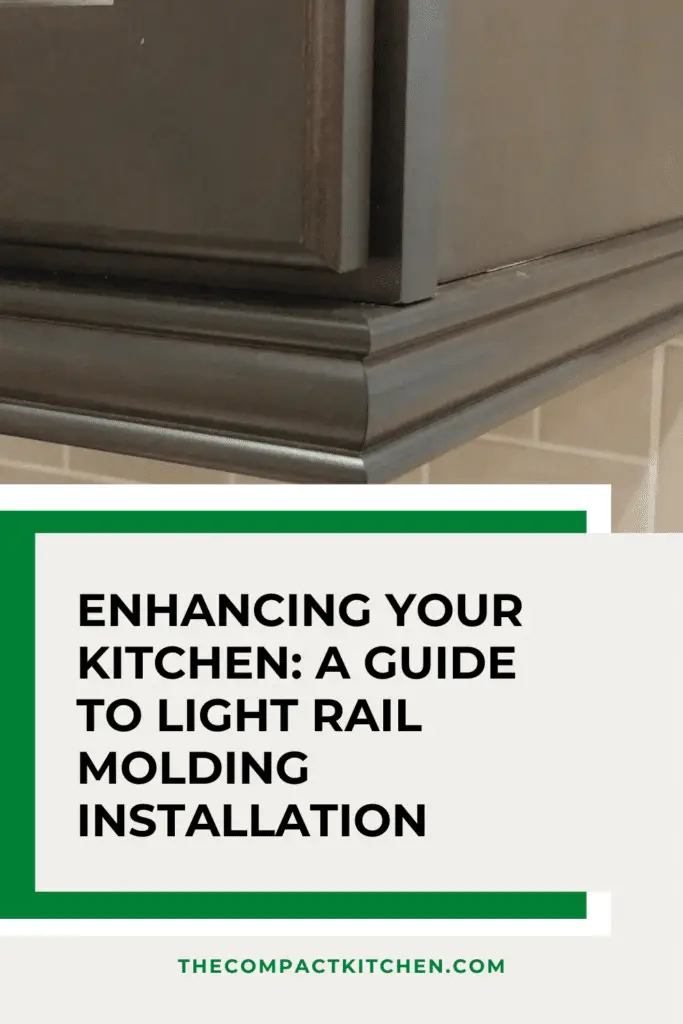
Introduction to Light Rail Molding for Kitchen Cabinets
When it comes to redesigning your kitchen, every detail matters. From the color of the cabinets to the style of the countertops, each choice plays a significant role in the overall look and feel of the space. One essential component that often gets overlooked is light rail molding for kitchen cabinets. But what exactly is light rail molding, and why is it so important in kitchen design?

Light rail molding is a trim piece that is installed at the bottom of kitchen cabinets. Its primary purpose is to conceal under-cabinet lighting fixtures, providing a seamless and polished look to the kitchen. Not only does light rail molding enhance the aesthetics of the cabinets, but it also serves a functional purpose by improving the overall lighting in the kitchen.
Key Takeaways:
- Light rail molding is a trim piece installed at the bottom of kitchen cabinets.
- It conceals under-cabinet lighting fixtures, enhancing aesthetics and improving lighting.
- Light rail molding plays a crucial role in adding both style and functionality to the kitchen design.
Benefits of Installing Light Rail Molding in Kitchen Cabinets

Light rail molding for kitchen cabinets is not only a stylish addition but also offers a range of benefits that can enhance the overall look and functionality of your kitchen. In this section, we will delve into the advantages of installing light rail molding and how it can significantly impact your home.
Conceals Under-Cabinet Lighting

One of the primary benefits of incorporating light rail molding into your kitchen cabinets is its ability to conceal under-cabinet lighting. By hiding the light source behind the molding, you can achieve a seamless and polished look in your kitchen. This strategic placement of lighting also helps to eliminate harsh shadows and create a warm ambiance in the room, making it a more inviting space for cooking and entertaining.
Improves Overall Kitchen Look

In addition to concealing under-cabinet lighting, light rail molding can also enhance the aesthetic appeal of your kitchen. The clean lines and elegant finish of the molding can add a touch of sophistication to your cabinets, giving them a custom-built feel. Whether you prefer a traditional, transitional, or modern design, there are a variety of styles and finishes available to complement your kitchen’s theme and elevate its visual appeal.
Impact on Home Resale Value
Beyond the immediate visual benefits, installing light rail molding can have a positive impact on your home’s resale value. Potential buyers are drawn to well-designed kitchens that offer both style and functionality, and light rail molding can be a significant selling point. By investing in this simple yet effective upgrade, you can increase the perceived value of your home and attract more potential buyers when the time comes to sell.
Variety of Styles and Options
Another key advantage of light rail molding for kitchen cabinets is the wide range of styles and options available on the market. Whether you prefer a classic, decorative molding or a sleek, minimalist design, there is a molding option to suit every taste and budget. From wood to metal to plastic, you can choose the material that best complements your cabinet finish and overall kitchen design.
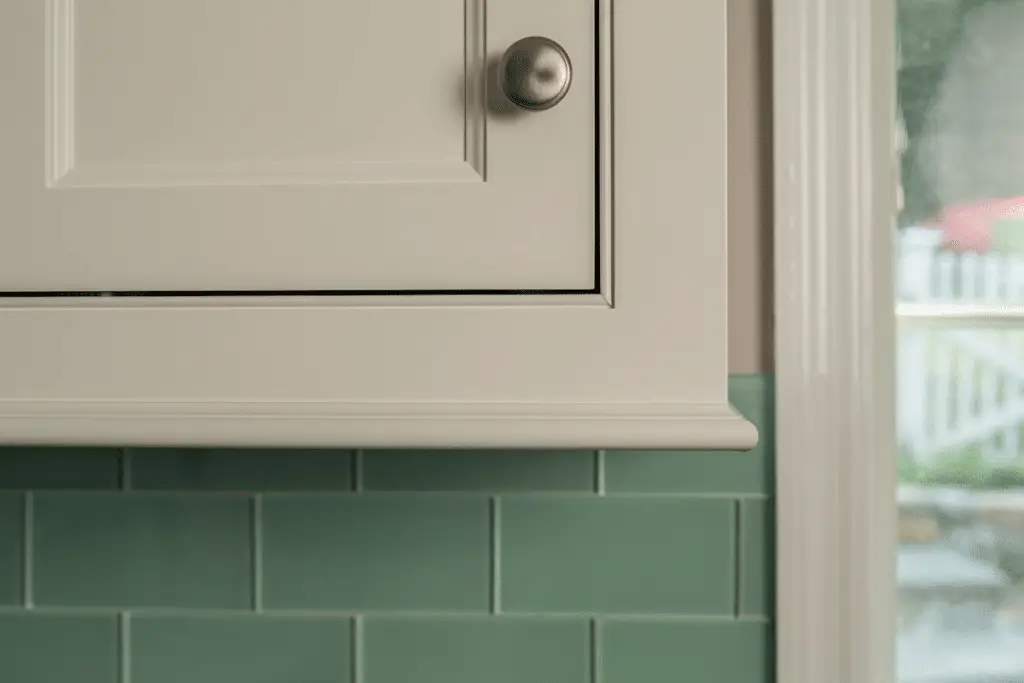
In conclusion, installing light rail molding in your kitchen cabinets offers a multitude of benefits, from concealing under-cabinet lighting to enhancing the overall look of your kitchen. With its potential to increase your home’s resale value and the variety of styles it offers, light rail molding is a versatile and practical addition to any kitchen renovation project. So why wait? Consider adding light rail molding to your kitchen cabinets today and enjoy the transformative impact it can have on your home.
Choosing the Right Light Rail Molding for Your Kitchen
When it comes to selecting the perfect light rail molding for your kitchen, there are a few key factors to keep in mind. The right choice can truly make a significant impact on the overall look and feel of your space.
Consider Your Kitchen’s Theme and Cabinet Design
One of the first things to consider when choosing light rail molding is the overall theme of your kitchen. Are you going for a modern and sleek look, or perhaps a more traditional and cozy feel? Understanding the aesthetic you are aiming for will help guide you towards the right style of molding.
Additionally, take a close look at your cabinet design. The molding should seamlessly blend in with the rest of your cabinetry, enhancing the overall visual appeal. Consider the lines and finishes of your cabinets to ensure a cohesive look.
Personal Style and Material Options
Another important consideration is your personal style preferences. Do you lean towards bold and eye-catching designs, or do you prefer something more subtle and understated? Your personal style will play a significant role in choosing the right molding for your kitchen.
When it comes to material options, there is a wide range to choose from, including wood, metal, and plastic. Each material offers its own unique set of benefits and aesthetic qualities. Take the time to explore the various options available and select one that best suits your design vision.
Pricing and Budget Considerations
As with any home improvement project, it’s essential to consider your budget when selecting light rail molding for your kitchen. Prices can vary depending on the material, style, and manufacturer. Do some research to get an idea of the pricing range for different options.
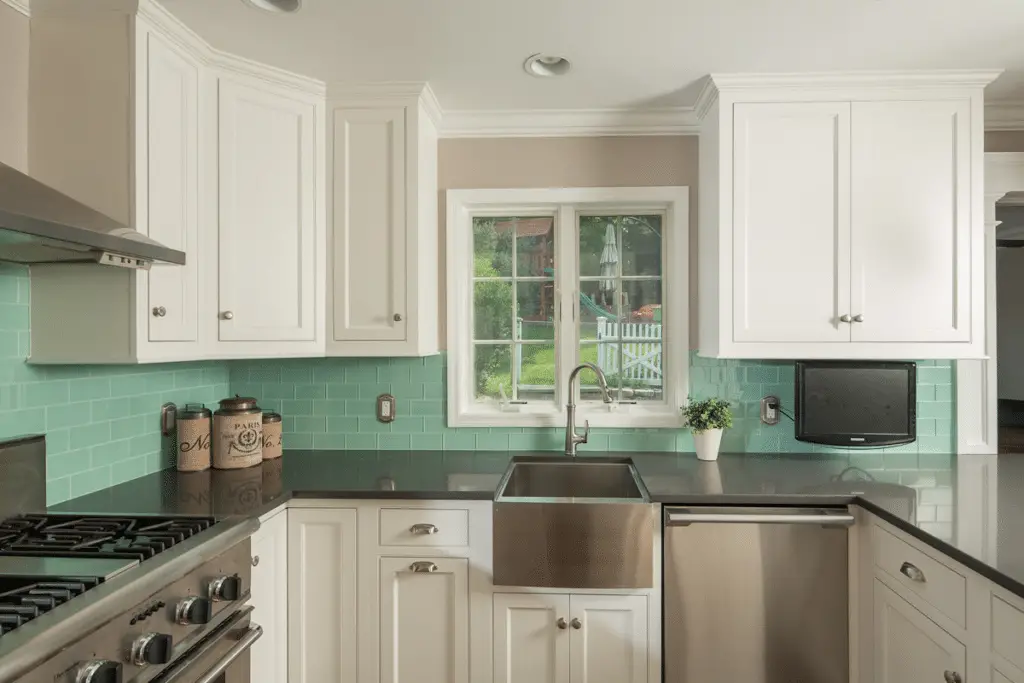
While it’s tempting to go for the most budget-friendly option, remember that quality and durability are also crucial factors to consider. Investing in high-quality molding may cost more upfront, but it can save you money in the long run by ensuring longevity and minimal maintenance.
By carefully considering your kitchen’s theme, cabinet design, personal style, material options, and budget, you can confidently choose the right light rail molding that will enhance the beauty and functionality of your kitchen space.
Installation Process of Light Rail Molding
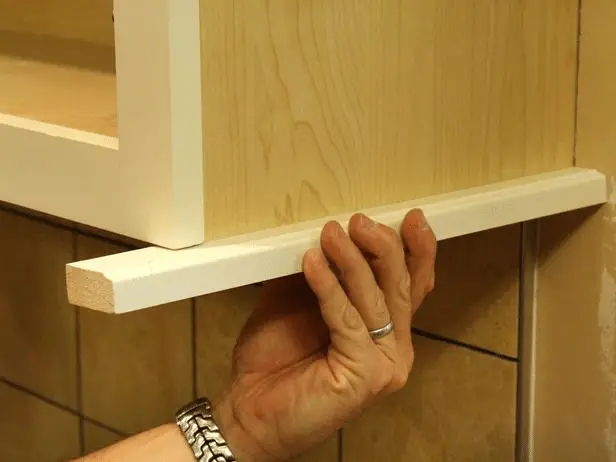
Light rail molding is a fantastic addition to any kitchen cabinet design, providing both style and functionality. Once you’ve chosen the perfect light rail molding for your kitchen, it’s time to tackle the installation process. Whether you’re a seasoned DIYer or prefer to leave it to the professionals, understanding the steps involved can help you make an informed decision.
Step-by-Step Installation Guide
1. **Preparation:** Before you begin, make sure you have all the necessary tools and materials on hand. This may include a saw, nails, hammer, measuring tape, pencil, and the light rail molding itself. Clear the workspace and ensure that the cabinets are clean and free of any debris.
2. **Measure and Cut:** Start by measuring the length of the cabinet where you will be installing the light rail molding. Use a pencil to mark the cutting points on the molding, ensuring that it fits perfectly along the bottom edge of the cabinet. Carefully cut the molding to the correct length using a saw.
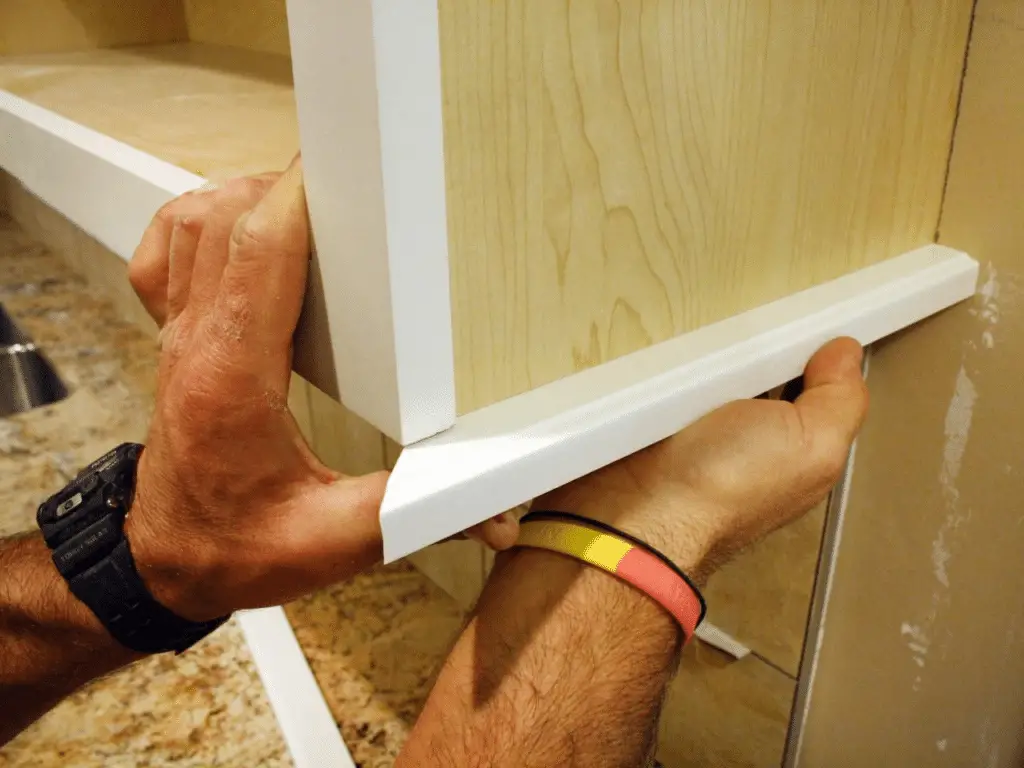
3. **Attach the Molding:** With the molding cut to size, it’s time to attach it to the cabinet. Apply a thin bead of adhesive along the back of the molding, then carefully place it along the bottom edge of the cabinet. Use a hammer and nails to secure the molding in place, ensuring that it is level and secure.
4. **Secure the End Pieces:** If your light rail molding includes end pieces, now is the time to attach them. Follow the manufacturer’s instructions for installation, ensuring that they are securely in place and align with the rest of the molding.
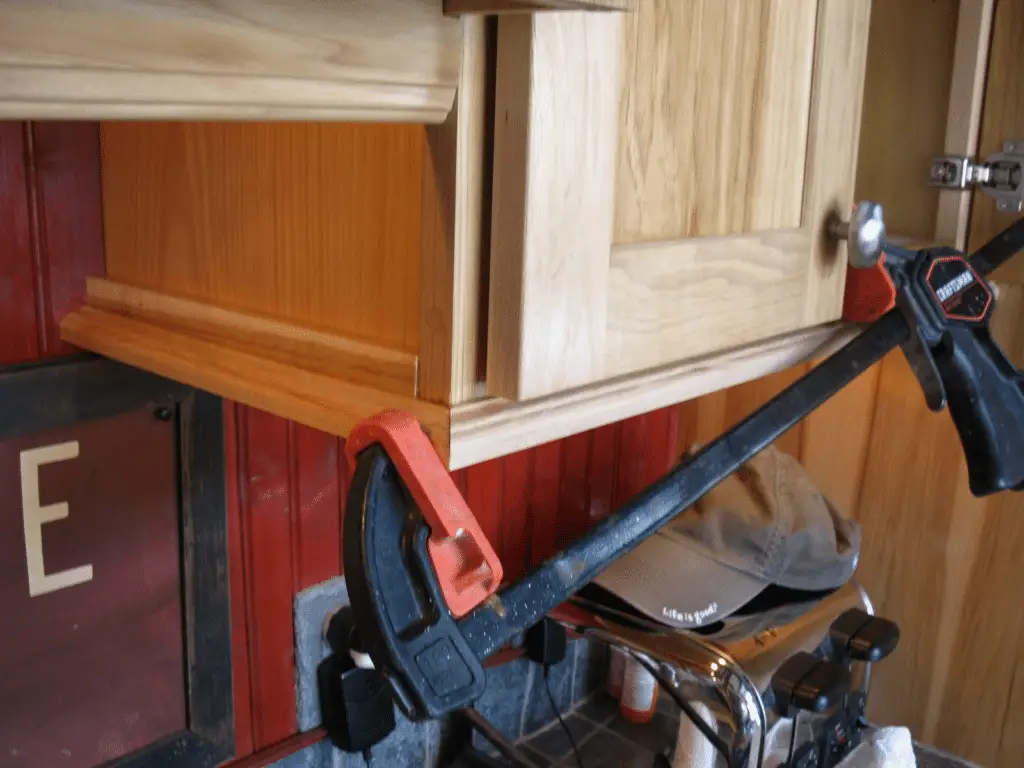
5. **Finishing Touches:** Once the molding is installed, take a step back and admire your handiwork. Make any necessary adjustments to ensure that the molding is level and secure. Wipe down the molding to remove any adhesive residue or dust, leaving it looking clean and polished.
Professional vs. DIY Installation
Deciding whether to tackle the installation of light rail molding yourself or hire a professional comes down to personal preference and skill level. If you have experience with carpentry and feel confident in your abilities, DIY installation can be a rewarding project. However, if you’re unsure of your skills or simply prefer to leave it to the experts, hiring a professional can ensure a flawless finish.
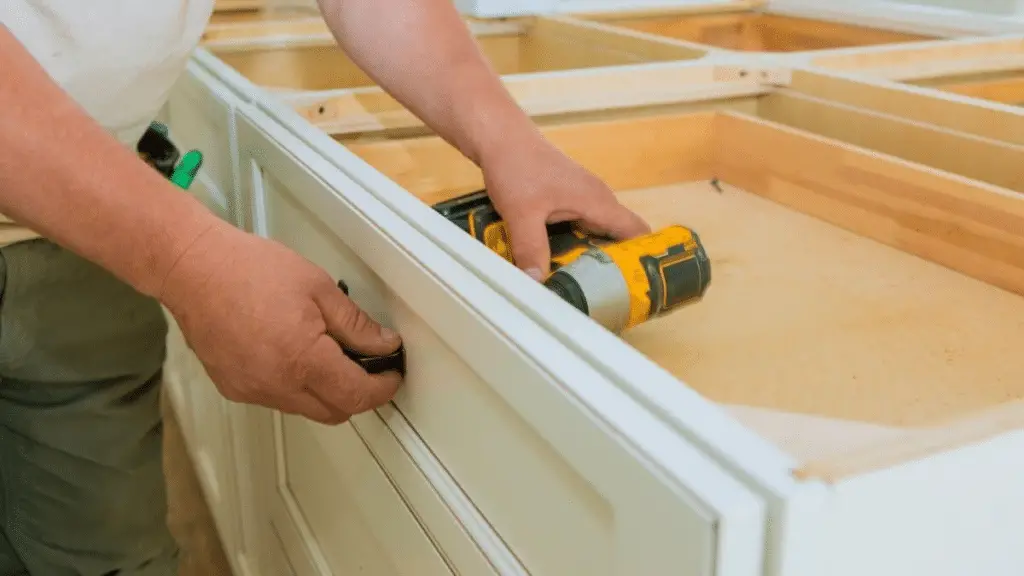
Whichever route you choose, be sure to follow the manufacturer’s instructions carefully and take your time to ensure a quality installation. With the right tools, materials, and a bit of patience, you can transform your kitchen cabinets with beautiful light rail molding.
Maintenance and care for light rail molding
Light rail molding can add a touch of elegance and sophistication to your kitchen cabinets, but like any feature in your home, it requires regular maintenance to keep it looking its best. In this section, we will discuss some key tips on how to care for your light rail molding to ensure it maintains its aesthetic appeal for years to come.
Regular Cleaning Practices
One of the most important aspects of maintaining light rail molding is regular cleaning. Over time, dust, dirt, and grease can build up on the surface of the molding, dulling its appearance and detracting from the overall look of your kitchen. To prevent this, it is recommended to wipe down the molding with a damp cloth or sponge at least once a week. For tougher stains or debris, a mild detergent diluted in water can be used to gently scrub the surface and restore its shine. Be sure to dry the molding thoroughly after cleaning to prevent water damage.
Repair and Replacement
Despite your best efforts to maintain your light rail molding, accidents happen and wear and tear can occur over time. If you notice any cracks, chips, or other damage to the molding, it is important to address it promptly to prevent further deterioration. Depending on the severity of the damage, you may be able to repair the molding yourself using a simple patching kit or epoxy resin. For more extensive damage, it may be necessary to contact a professional for repair or replacement.ư
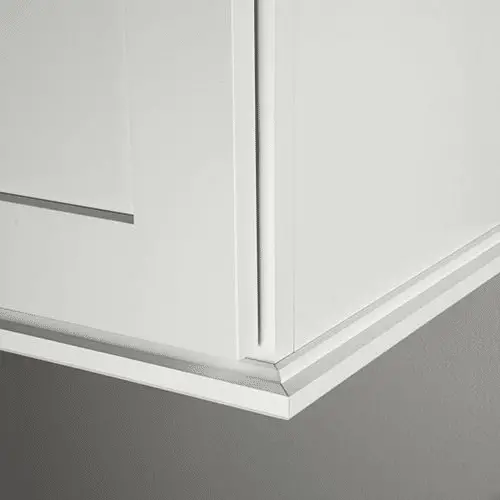
If you do need to replace a section of light rail molding, it is essential to match the new piece as closely as possible to the existing molding to maintain a cohesive look in your kitchen. When shopping for replacement molding, be sure to measure the dimensions accurately and consider factors such as color, finish, and style to ensure a seamless integration with the rest of your cabinetry.
By following these maintenance tips and addressing any repair needs promptly, you can keep your light rail molding looking beautiful and functional for years to come. Remember, taking care of the small details in your kitchen, like light rail molding, can make a big impact on the overall aesthetic and value of your home.
Wrapping Up: Shedding Light on Light Rail Molding for Kitchen Cabinets
In conclusion, light rail molding is not just a pretty addition to your kitchen cabinets, but also a practical solution to elevate your kitchen’s aesthetics. From enhancing lighting to increasing resale value, the benefits are endless. When choosing the right molding, consider your kitchen’s theme and personal style. And don’t forget about maintenance – regular cleaning and timely repairs will keep your light rail molding looking as good as new. So go ahead, shed some light on your kitchen cabinets with the perfect light rail molding!



